Sign up for workout ideas, training advice, reviews of the latest gear and more.

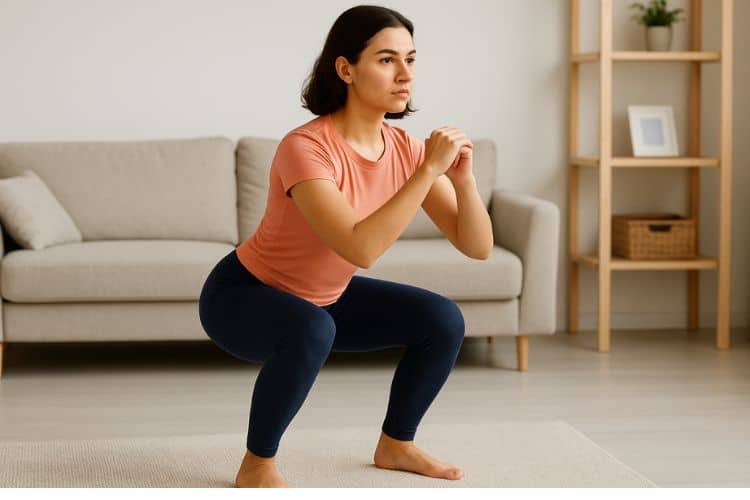
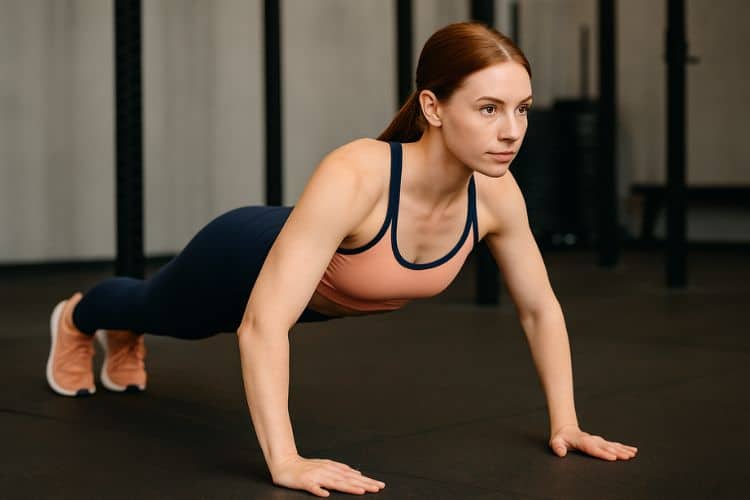
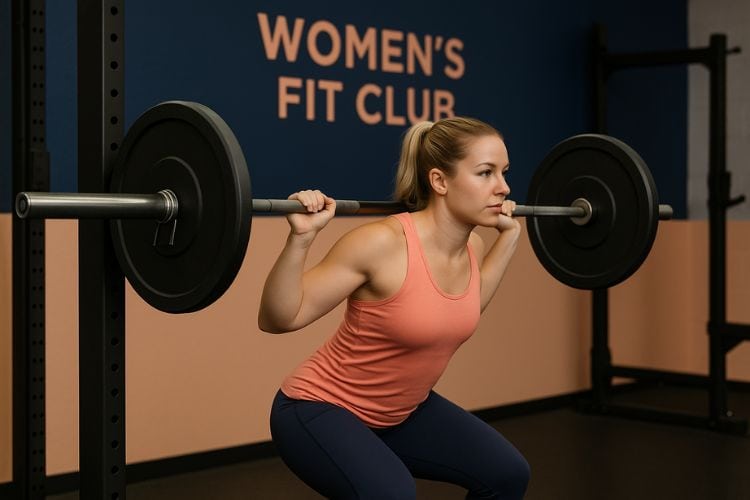
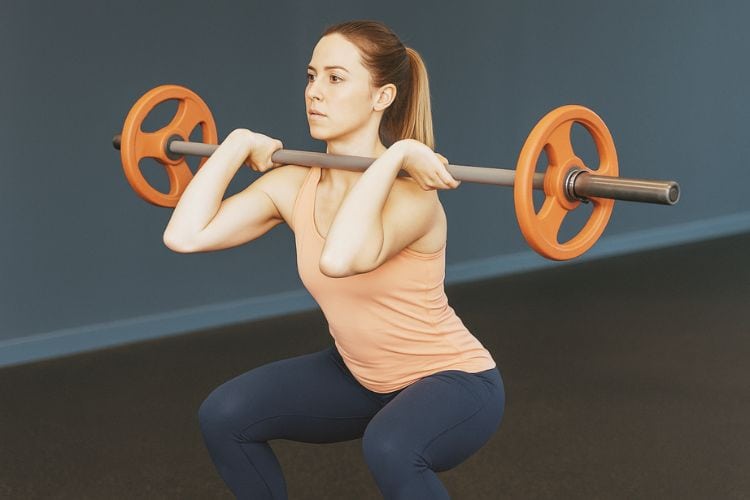
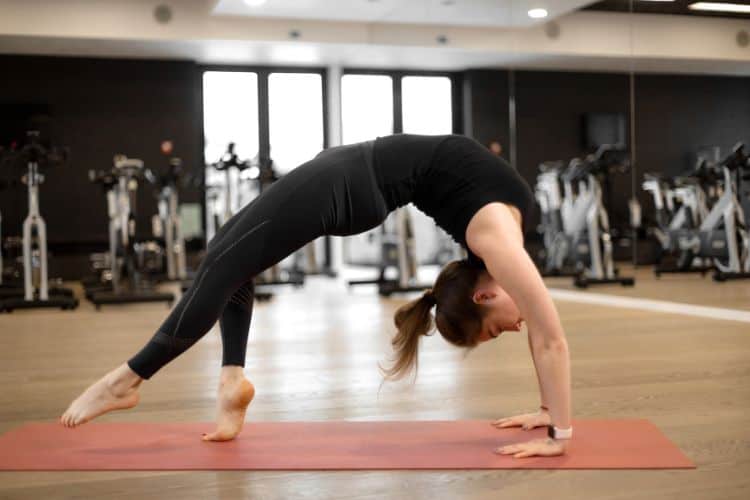
Flexibility is one of the key pillars of overall fitness, yet it’s often overlooked in favor of strength training or cardio. Whether you’re an athlete, a fitness enthusiast, or someone who just wants to move pain-free, adding a stretching routine for flexibility into your weekly schedule can transform how your body feels and performs. This comprehensive guide will walk you through everything you need to know about stretching for flexibility, including benefits, types of stretching, a full-body routine, and tips for making stretching a lifelong habit.
Flexibility plays a critical role in how your muscles, joints, and connective tissues work together. When you’re flexible, your joints can move through a full range of motion, reducing stiffness and discomfort during everyday activities and workouts.
Tight muscles are more prone to strains and pulls. Regular stretching can increase muscle elasticity and decrease the risk of injury, especially for those who engage in sports, weight training, or repetitive movement patterns.
Stretching helps release tension built up in the muscles after a workout or a long day of sitting. It promotes blood circulation and can help reduce delayed onset muscle soreness (DOMS).
Stretching the muscles of the lower back, shoulders, and chest can keep your spine in better alignment. This is especially helpful for people who sit for long periods or have postural imbalances.
Before jumping into the stretching routine, it’s important to understand the different types of stretching and when to use them.
Static stretching involves holding a position for 20–60 seconds. It is best used after workouts or on rest days to promote recovery and flexibility.
Dynamic stretching involves controlled, active movements that warm up the muscles and improve range of motion. Ideal for pre-workout warm-ups, dynamic stretches get the body ready for exercise.
PNF stretching combines passive stretching and isometric contractions. It’s an advanced technique used to improve flexibility and range of motion, often used in physical therapy.
Ballistic stretching uses bouncing movements to push muscles beyond their normal range. This method carries a higher risk of injury and is generally not recommended for beginners.
This stretching routine can be performed 3–5 times per week. It targets major muscle groups from head to toe and can be done in 20–30 minutes. Always warm up your body with 5 minutes of light cardio (like brisk walking or jumping jacks) before starting.
How to do it: Sit or stand tall. Gently tilt your head to the right, bringing your ear toward your shoulder. Hold for 30 seconds, then switch sides.
Benefits: Relieves neck tension and improves cervical spine mobility.
How to do it: Roll your shoulders forward in a circular motion for 15 reps, then reverse.
Benefits: Loosens up the shoulders and upper traps, especially helpful for desk workers.
How to do it: Stand in a doorway, place your arms at shoulder height on the frame, and gently lean forward. Hold for 30 seconds.
Benefits: Opens up the chest and combats the hunchback posture.
How to do it: Extend one arm across your chest and use the other to press it gently closer. Hold for 30 seconds per side.
Benefits: Stretches the deltoids and upper back.
How to do it: Get on all fours. Arch your back (Cat) and then dip your belly while lifting your head (Cow). Repeat for 10–12 reps.
Benefits: Improves spinal flexibility and relieves lower back tension.
How to do it: Sit with one leg extended and the other crossed over it. Twist your torso toward the bent leg. Hold for 30 seconds and switch sides.
Benefits: Enhances spinal rotation and core flexibility.
How to do it: Stand or sit. Reach one arm overhead and lean to the opposite side. Hold for 30 seconds each side.
Benefits: Stretches the obliques and improves lateral mobility.
How to do it: Stand tall, grab your right ankle with your right hand and pull toward your glutes. Keep knees together. Hold for 30 seconds each leg.
Benefits: Improves quadriceps flexibility and helps with knee health.
How to do it: Sit on the floor with legs extended. Reach toward your toes with a straight spine. Hold for 30–45 seconds.
Benefits: Increases hamstring flexibility and supports better movement patterns in the hips and legs.
How to do it: From a seated position, bend forward from the hips and reach toward your feet. Relax your neck and shoulders. Hold for 30–60 seconds.
Benefits: Deep hamstring, spine, and calf stretch.
How to do it: Step forward into a lunge, place your opposite hand on the ground, and twist your torso, reaching your arm up. Alternate sides for 10 reps.
Benefits: Opens up the hips, stretches the quads, and activates the spine.
How to do it: Sit on the ground, bring the soles of your feet together, and let your knees fall outward. Hold your feet and lean forward slightly. Hold for 30 seconds.
Benefits: Improves flexibility in the inner thighs and groin.
How to do it: Kneel with one leg forward in a lunge position. Shift your hips forward until you feel a stretch in the front of your hip. Hold for 30 seconds each side.
Benefits: Relieves tight hip flexors caused by prolonged sitting.
How to do it: Stand facing a wall. Step one foot back and press the heel into the floor. Keep the back leg straight. Hold for 30 seconds.
Benefits: Increases flexibility in the calves and Achilles tendon.
How to do it: Start on hands and knees. Lift your hips toward the ceiling, forming an inverted “V”. Try to press heels toward the floor. Hold for 30–60 seconds.
Benefits: Stretches hamstrings, calves, spine, and shoulders.
Stretching cold muscles can increase the risk of injury. Always perform a 5-minute warm-up to raise your heart rate and prep your body.
Use slow, controlled breathing to help your muscles relax as you stretch. Inhale as you move into the stretch, exhale as you deepen it.
Avoid bouncing or jerky movements in static stretches. This can lead to muscle strains and tears. Instead, hold each position with steady tension.
Flexibility improves with consistency. Aim to stretch at least 3–5 times per week, even if only for 10–15 minutes a day.
Mild discomfort is normal, but stretching should never be painful. Respect your body’s limits and progress gradually.
By integrating a regular stretching routine, you’ll begin to notice a host of improvements:
Stretching can also be meditative, allowing you to slow down and connect with your body.
Actually, static stretching before exercise can reduce power output. Dynamic warm-ups are better for preparing muscles for activity. Save static stretching for after your workout.
This is false. Stretching should be gentle and comfortable. Sharp pain is a red flag—stop immediately if you feel it.
Flexibility can be improved at any age. While children are naturally more limber, adults can make significant gains with consistency.
Stretching isn’t just for yogis or athletes. It’s a vital component of a well-rounded fitness routine that enhances mobility, performance, and overall well-being. Whether you’re starting your fitness journey or looking to enhance your current routine, a consistent stretching plan will help you move better, feel better, and reduce your risk of injury.
Start with this simple, effective full-body stretching routine, and commit to doing it regularly. Your body—and your future self—will thank you.
Want more effective workouts? Follow us for fitness tips, free workout plans, and healthy lifestyle inspiration!
Stay up to date on the latest women’s health, fitness and lifestyle trends and tips.